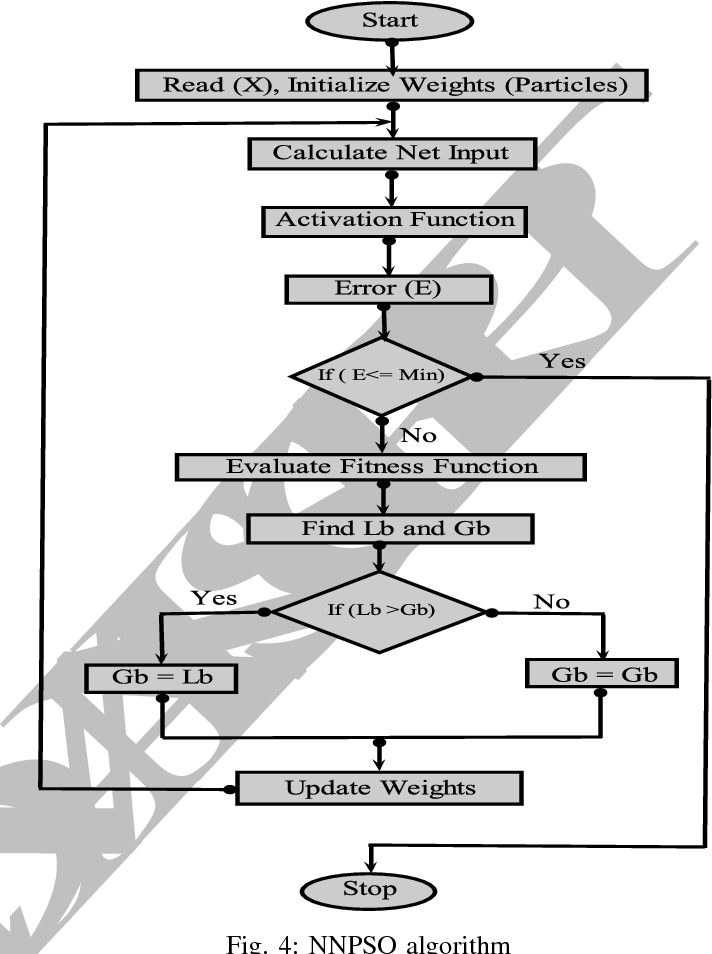
NLP uses tokens to predict speech parts. It predicts the basic form for a word before feeding it into models. This process is called "lemmatization" and it helps eliminate confusion stemming from different forms. It also eliminates stop words (or "stop-words") from tokens.
Syntactic analysis
Syntactic Analysis is a technique to find the relationship between words or phrases in a text. The process involves breaking down text into tokens and applying an algorithm that identifies parts of speech. Next, the words are divided and tagged with nouns or verbs as well as adjectives, adverbs and prepositions. The first stage in syntactic analysis involves the assignment of the right tags to each word.
NLP requires syntactic analysis. NLP algorithms must understand the language they are using to achieve their full potential. It must have an extensive knowledge of the whole world, including context reference issues and morphological structura. Once this knowledge is acquired, it can proceed to more advanced analysis and the overall context of the text.

Natural Language Generation
Natural Language Generation is a technology that uses metadata from customer databases to personalize marketing materials. This technology can be used by organizations to increase customer loyalty as well as boost sales online. However, it's not always easy to keep the content relevant to the company's target audience. This article will discuss the most important considerations before you implement this technology in your company.
The first stage of NLG is document planning, which involves the outline and structuring of information. Next comes microplanning, also known as sentence planning, which is used to tag expressions and words. Realization, the next step, uses the specifications and produces natural language texts. NLG software makes it possible to create text using knowledge of syntax and morphology.
As natural language generation continues to improve, it offers tremendous potential in digital marketing. It can automate tasks such a keyword identification and search engine optimization. It can also be used to write product descriptions and analyze marketing data.
Preprocessing text
Text preprocessing (NLP) plays an essential role in natural language processing. It is a process of cleaning text data to make it suitable for model building. Text data may be generated from a variety of sources. NLP tasks like sentiment analysis, machine translation and information retrieval often require text preprocessing. However the steps are often domain specific.

Lowercasing ALL text data is a common method of text preprocessing. This method can be used to solve many text mining and NLP related problems. This is particularly useful for smaller datasets as it ensures consistency in the output. Your text mining and NLP projects will perform better if you use text preprocessing.
Tokenization is the next step in text preprocessing. Tokenization involves breaking down a paragraph into smaller units like words, sentences or subwords. These smaller units are called tokens. The algorithm uses tokens to extract the meaning of the text. Tokenization occurs using NLTK, a Python library designed for natural-language processing.
FAQ
Is Alexa an Artificial Intelligence?
The answer is yes. But not quite yet.
Amazon created Alexa, a cloud based voice service. It allows users speak to interact with other devices.
First, the Echo smart speaker released Alexa technology. Other companies have since created their own versions with similar technology.
Some of these include Google Home, Apple's Siri, and Microsoft's Cortana.
What is the status of the AI industry?
The AI market is growing at an unparalleled rate. The internet will connect to over 50 billion devices by 2020 according to some estimates. This will mean that we will all have access to AI technology on our phones, tablets, and laptops.
This will also mean that businesses will need to adapt to this shift in order to stay competitive. They risk losing customers to businesses that adapt.
This begs the question: What kind of business model do you think you would use to make these opportunities work for you? You could create a platform that allows users to upload their data and then connect it with others. You might also offer services such as voice recognition or image recognition.
No matter what you do, think about how your position could be compared to others. It's not possible to always win but you can win if the cards are right and you continue innovating.
How does AI impact the workplace?
It will change the way we work. We will be able automate repetitive jobs, allowing employees to focus on higher-value tasks.
It will enhance customer service and allow businesses to offer better products or services.
It will allow us future trends to be predicted and offer opportunities.
It will give organizations a competitive edge over their competition.
Companies that fail to adopt AI will fall behind.
What does AI do?
An algorithm refers to a set of instructions that tells computers how to solve problems. An algorithm is a set of steps. Each step is assigned a condition which determines when it should be executed. A computer executes each instructions sequentially until all conditions can be met. This continues until the final results are achieved.
For example, suppose you want the square root for 5. It is possible to write down every number between 1-10, calculate the square root for each and then take the average. However, this isn't practical. You can write the following formula instead:
sqrt(x) x^0.5
This will tell you to square the input then divide it twice and multiply it by 2.
The same principle is followed by a computer. It takes your input, squares and multiplies by 2 to get 0.5. Finally, it outputs the answer.
Who was the first to create AI?
Alan Turing
Turing was born in 1912. His mother was a nurse and his father was a minister. He excelled in mathematics at school but was depressed when he was rejected by Cambridge University. He discovered chess and won several tournaments. He returned to Britain in 1945 and worked at Bletchley Park's secret code-breaking centre Bletchley Park. Here he discovered German codes.
He died in 1954.
John McCarthy
McCarthy was born in 1928. He was a Princeton University mathematician before joining MIT. There he developed the LISP programming language. He was credited with creating the foundations for modern AI in 1957.
He died in 2011.
Statistics
- By using BrainBox AI, commercial buildings can reduce total energy costs by 25% and improves occupant comfort by 60%. (analyticsinsight.net)
- Additionally, keeping in mind the current crisis, the AI is designed in a manner where it reduces the carbon footprint by 20-40%. (analyticsinsight.net)
- More than 70 percent of users claim they book trips on their phones, review travel tips, and research local landmarks and restaurants. (builtin.com)
- In 2019, AI adoption among large companies increased by 47% compared to 2018, according to the latest Artificial IntelligenceIndex report. (marsner.com)
- While all of it is still what seems like a far way off, the future of this technology presents a Catch-22, able to solve the world's problems and likely to power all the A.I. systems on earth, but also incredibly dangerous in the wrong hands. (forbes.com)
External Links
How To
How to Setup Google Home
Google Home is a digital assistant powered artificial intelligence. It uses advanced algorithms and natural language processing for answers to your questions. With Google Assistant, you can do everything from search the web to set timers to create reminders and then have those reminders sent right to your phone.
Google Home seamlessly integrates with Android phones and iPhones. This allows you to interact directly with your Google Account from your mobile device. If you connect your iPhone or iPad with a Google Home over WiFi then you can access features like Apple Pay, Siri Shortcuts (and third-party apps specifically optimized for Google Home).
Google Home offers many useful features like every Google product. For example, it will learn your routines and remember what you tell it to do. It doesn't need to be told how to change the temperature, turn on lights, or play music when you wake up. Instead, you can say "Hey Google" to let it know what your needs are.
Follow these steps to set up Google Home:
-
Turn on Google Home.
-
Hold the Action Button on top of Google Home.
-
The Setup Wizard appears.
-
Select Continue.
-
Enter your email and password.
-
Choose Sign In
-
Google Home is now available